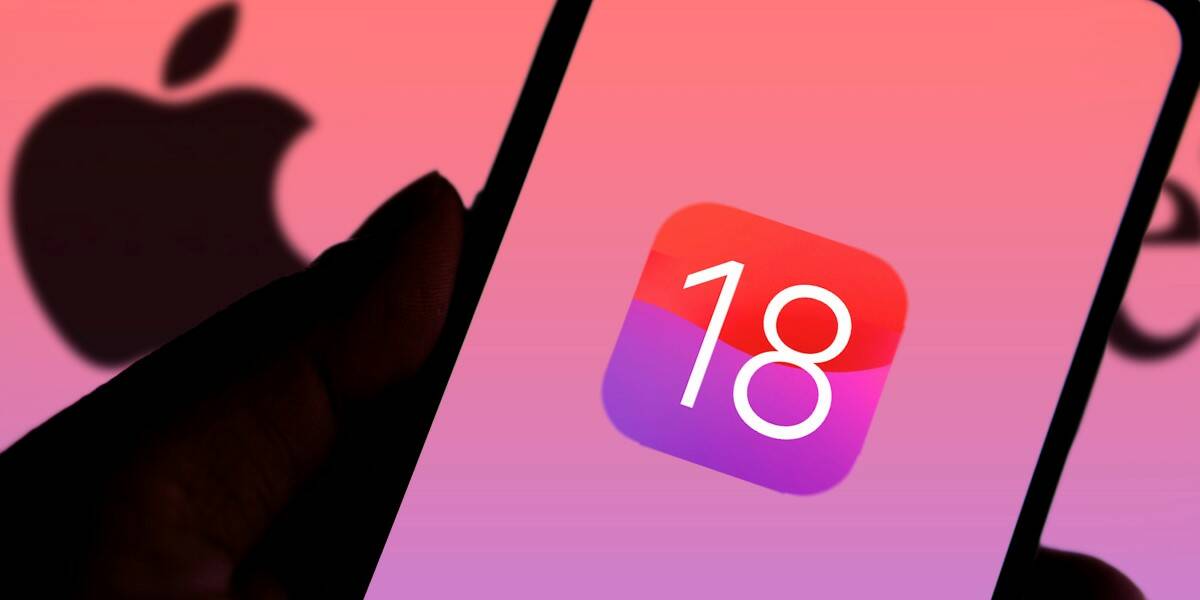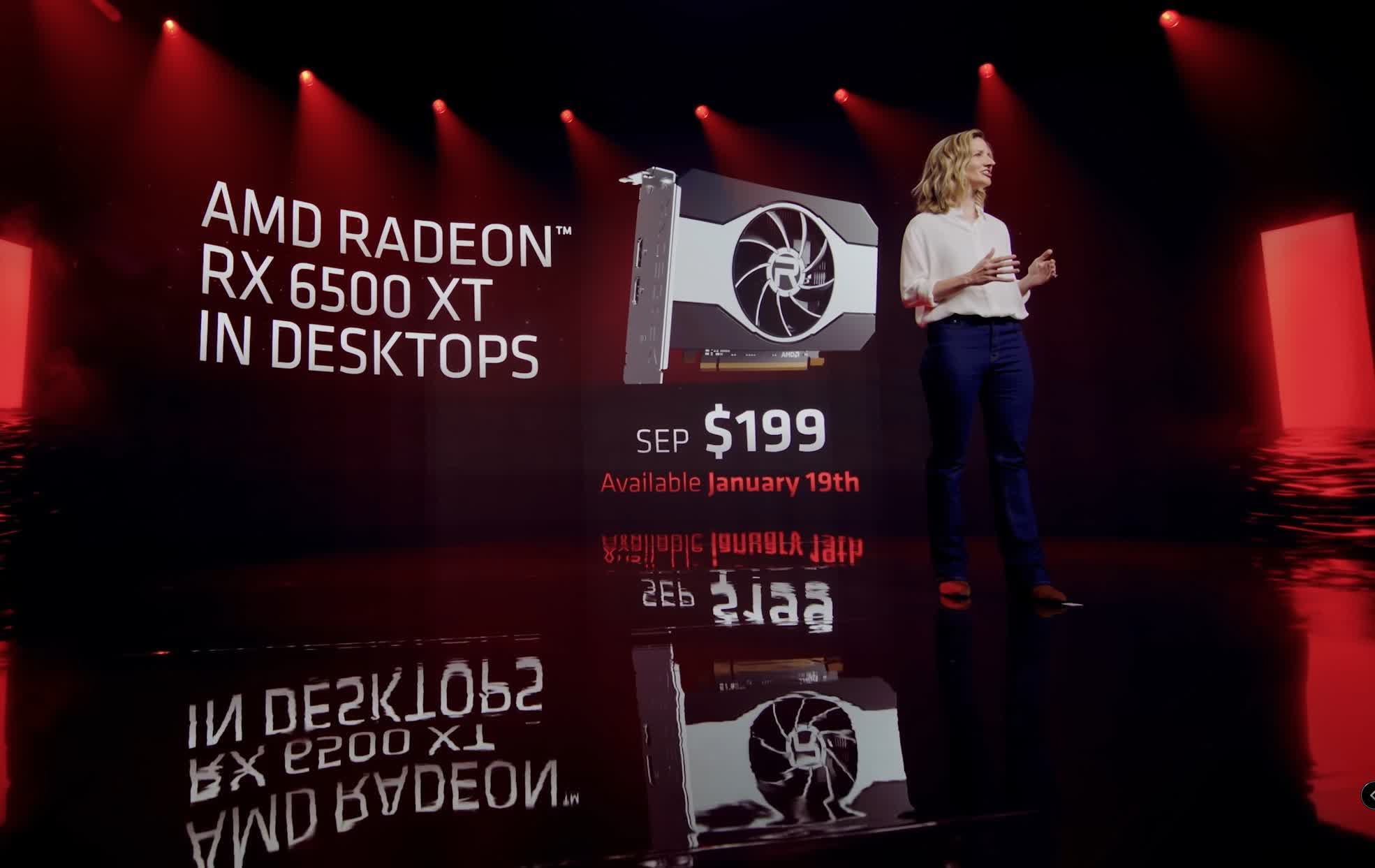
In a feature that was first announced back in October 2021, Android apps will finally arrive this month. In a recent blog post from Chief Product Office for Windows + Devices, Panos Panay, confirmed the long-awaited feature would start rolling out in February 2022.
The feature will arrive in the form of a public preview, meaning we should expect some bugs and improvements before this is widely available to all Windows 11 users.
You will be able to search and browse your favourite Android mobile apps via the regular Windows Store, however when you click through on that app, instead of an install button, you’ll see a button that reads ‘Get from Amazon Appstore’. While this is an extra step to go through, once you have the app, it’ll similar to your standard apps in Win11, with full start menu and taskbar abilities.
While the Amazon Appstore does offer a fairly comprehensive list of apps, it’s not the same as integrating with the Google Play Store and what you will certainly miss, are any Android apps made by Google. According to Statista, there are 3.4 million apps in the Google Play Store. By comparison, there are around 2.2M in Apple’s AppStore. There are around 669,000 in the Windows Store and finally, Amazon’s Appstore has just 460,000.
Native support for these Android Apps will be a big step forward over the existing technique, which is to effectively use screen mirroring of an Android device using the ‘Your Phone’ companion app. This always felt like a hack, rather than a solution to the problem.
That problem is really the fact that a lot of development is happening first in the mobile space these days and in plenty of circumstances, only on mobile, leaving desktop players like Microsoft, out of the loop.
For end-users that want the ability to interact with these mobile apps while using a familiar (and faster) mouse and keyboard, having them work natively in Windows 11 is certainly a win. Naturally, this won’t solve any issues with iOS exclusives, regardless, Android app support is a big feature and will look forward to using it this month.
When we think through the differences between mobile and desktop apps, the aspect ratio immediately raises its head. Most desktop monitors (and laptops) are landscape, either 16:9, 16:10, or in the case of some devices like a Surface Laptop, a more square 3:2 aspect. In the case of mobiles, their actual aspect ratios differ greatly, but as a general rule, they’re portrait (taller than they are wide), so how’s this going to work?
When Microsoft re-engineered snap modes in Windows 11, they likely had this in mind. When you hover your mouse over the maximise button, you’ll be presented with a grid of layout options. At least 3 of these offers pane on the right of the screen that is 1/3rd or less the pixels, making it a portrait orientation. This means you could have a mobile app and a regular window, say Chrome, or Photoshop, next to it taking up the other 2/3rds of the display.
In the most extreme version, it may be possible to run 3 mobile apps on the same display, so for those who love the native mobile app to publish all your socials (often the most feature-rich), then this could be a great win for your productivity.
Let us know in the comments if you’re hyped for Android Apps on Windows 11.
Note: This article have been indexed to our site. We do not claim legitimacy, ownership or copyright of any of the content above. To see the article at original source Click Here













